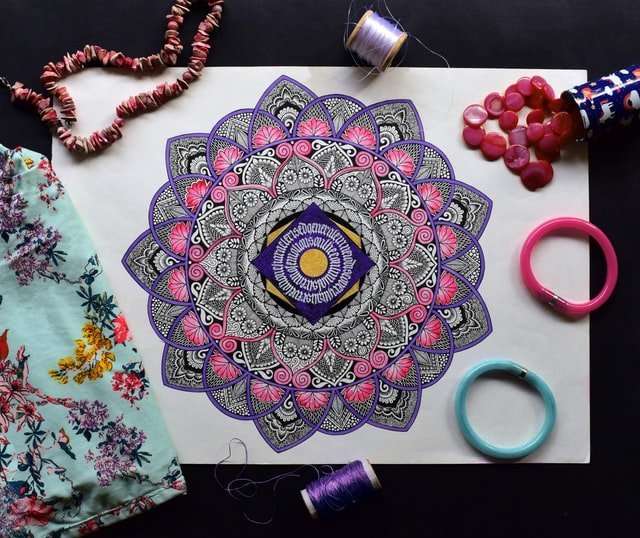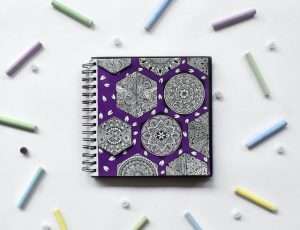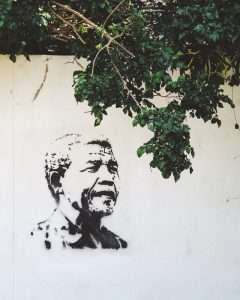This is a behind the scenes look at how optical illusions are created along with a list of resources on how to create your own optical illusions. I have been working as an artist for over 10 years and I have always been intrigued by the concept of optical illusions. I started creating them in 2008 and have been perfecting my techniques ever since.
Trompe l’oeil, which means to fool the eye in French, is the art of creating realistic images that fool the viewer into thinking that they are looking at reality. The trick is to recreate reality with more attention to detail than most people notice or appreciate in their everyday lives.
Optical illusion art is a unique form of art that has grown and expanded in popularity over the years. Today, there are many talented artists who create optical illusions that amaze and perplex viewers as they attempt to decipher how the artwork was created, or if it is indeed even real.
Tricks & Tweaks is a site that features optical illusion tutorials and resources to help you create your own artistic illusions. Here is a behind the scenes look at the tricks and tweaks used to create “Optical Illusion Art”.
There are many different types of optical illusions. Some are more realistic looking than others. A simple one that most people have seen is an image with a line going from one side of the face to another that appears to be broken or incomplete.
One of my favorite more realistic looking illusions is this one:
A man standing on stairs appears to be floating in mid air with no support for his body.
How this illusion was created will be revealed later on in this article along with links to other sites where you can learn how to create your own optical illusions.*
Optical Illusion Art is a type of art that uses visual illusion to create the image. The best known optical illusion is a drawing of an old woman, but there are many different ways that optical illusions can be created.
All of the images that are created using this method are created using different types of visual illusions. Optical illusions are a type of image that can be seen in two or more ways. These types of images can be seen in multiple ways because they use different types of size distortions, color contrasts, and other visual tricks to make an object seem like it is something different than what it actually is.
Optical Illusion Art is used by artists all over the world to create everything from paintings to advertisements. But how exactly do these artists create these amazing optical illusions? This article will show you how to create your own optical illusions, as well as give you a list of resources in which you can learn more about creating your own optical illusion art works.
You begin with a basic shape or object and then add additional shapes or objects onto it until it becomes a complete picture. To accomplish this effect, you must first break down the elements in your picture into simple shapes or objects such as squares, circles, triangles, and rectangles. Once you have done this,
Optical illusions fascinate me. They challenge our perceptions and make us question what we think we know about the world. I’ve created a variety of these optical illusions over the years using a technique called anamorphosis. Anamorphosis is the art of distorting an image in such a way that it will appear correct when viewed from a specific location or angle.
I’ll discuss how to create your own anamorphic illusions, but first I’ll show you some of my work and explain how I created them.
Resources and tutorials on how to create your own optical illusions.*
Optical illusion art is a fascinating genre of artwork to explore. It takes advantage of how our brain perceives images, and it can be very entertaining to try to make sense of what we’re seeing.
I’ve been creating my own optical illusion art since 2006, when I first discovered the works of M.C. Escher and other artists who create illusions by manipulating perspective and lines, such as Penrose stairs and impossible objects. My own optical illusion art is created digitally using Adobe Photoshop CS5, but most of the techniques I’ll show you can be done with free software like GIMP and ImageMagick or even in your favorite office suite like Microsoft Word or Excel.
Optical Illusion Art is created using creative ways to alter the way that the human brain processes visual information. The brain is an amazing organ. It has the ability to interpret a scene and fill in information that may not be there. To make a picture of a cat it will also “fill in” an imaginary picture of a tail, or claws, or fur. To make a picture of a face it will “fill in” an imaginary nose and mouth.
Tricks of the eye are illusions that take advantage of this ability of the brain to interpret missing data. Optical illusions can be created by presenting pictures with missing, ambiguous, or misleading data to our brains. This causes the brain to work harder and fill in the missing pieces with our own interpretation of what we think we see. The more we try to figure out what it is we are looking at, the more our brains try to find meaning and thus take even more liberties in interpreting what we see, often filling in things which are not even there.
The result is an optical illusion where our brains have taken what was originally presented and then added its own creative twist to it in order to make complete sense of what it was looking at
Optical illusions are images that create an illusion of depth on a flat surface, or illusions of motion from a single image. Optical illusions can be images, videos, or graphics that create an illusion of depth, or that appear to move when the viewer does not.
Trompe-l’œil (French for “deceive the eye”) is a technique in painting in which the depicted objects appear in three dimensions. The word comes from a novel by alan grayson and jason schechter that used trompe l’oeil techniques to make things look like they were moving in their environments.
Trompe-l’œil is the use of realistic imagery to create the optical illusion that an object exists in three dimensions. A typical example is producing an image of a person looking into a mirror which reflects an impossible scene, such as one showing the person standing behind his own shoulder. These images have been used by street artists in many cities around the world, most notably by Maxi Gstettenbauer and her partner Morio Kishida in London and Bristol in England.
The opposite technique is called forced perspective and reduces objects to their actual size but makes them look farther away than they are.
Optical



